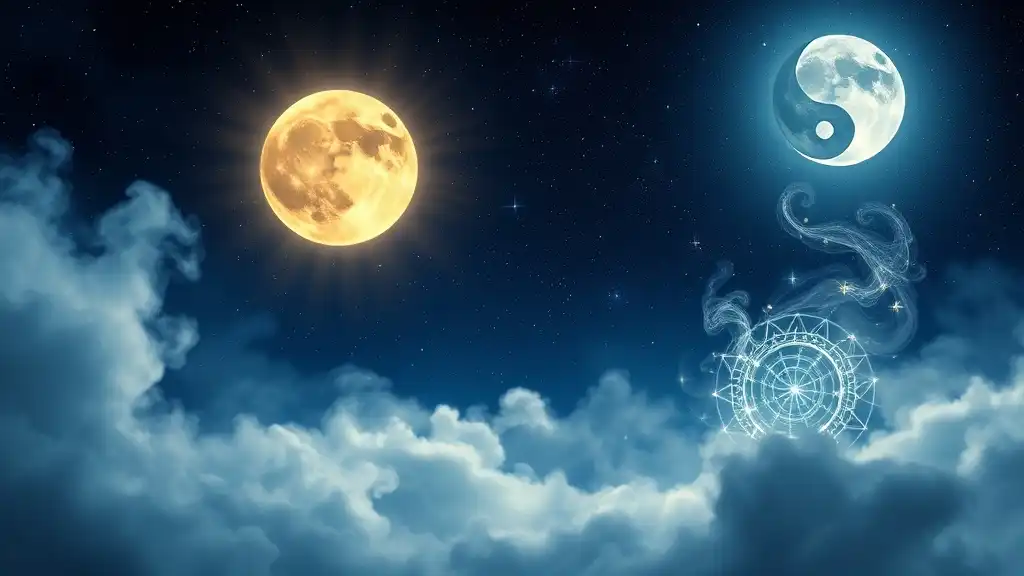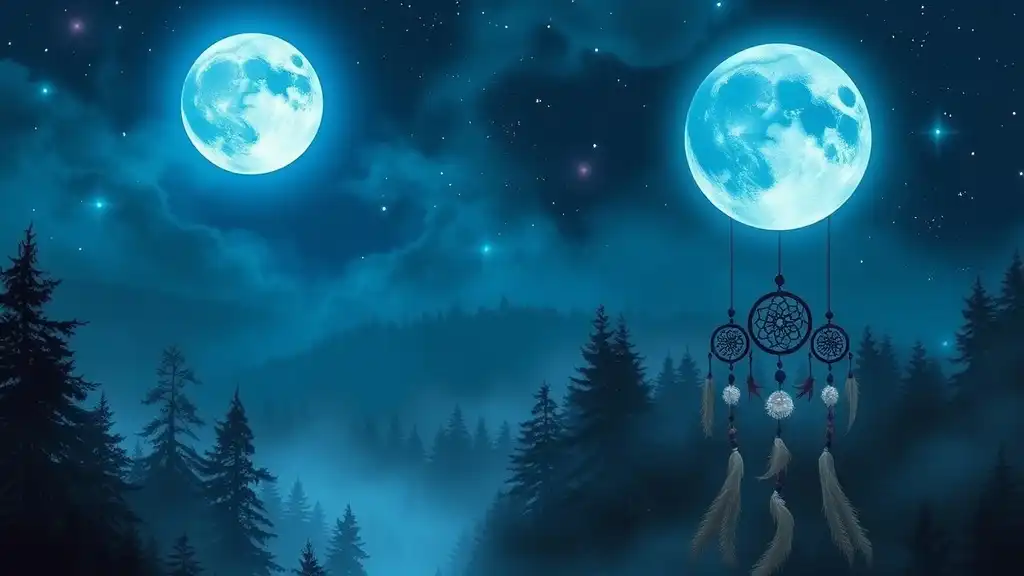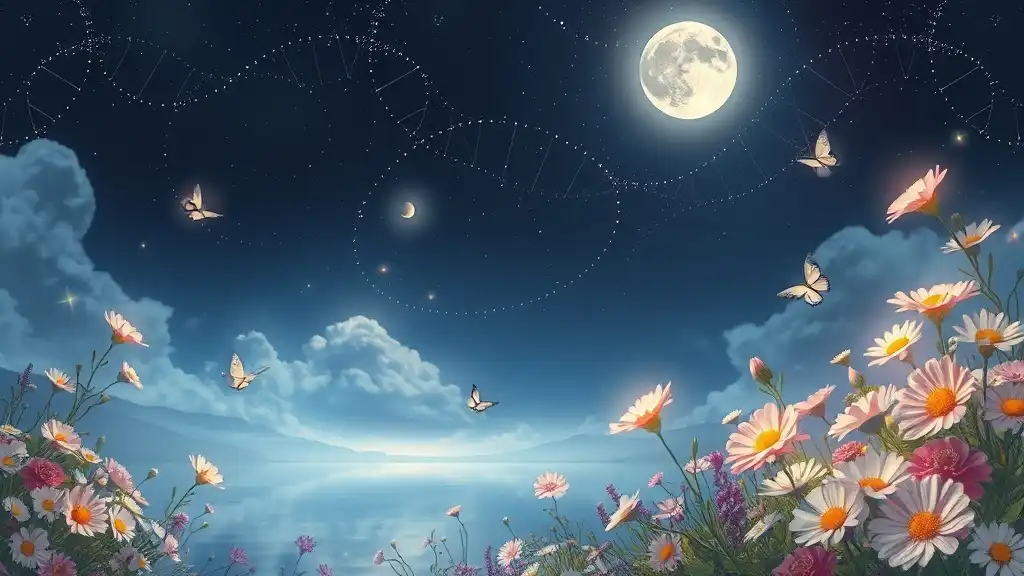The moon has held a profound significance across various cultures throughout history, illuminating the night sky and stirring the souls of those who look up in awe. It is not merely a celestial body; it is a symbol of femininity, intuition, and cycles of change, deeply intertwined with spiritual beliefs and practices. In the exploration of the moon's spiritual meaning, we dive into its influence on ancient civilizations, its phases, and how we can harness its energy in our daily lives.
The Moon in Different Cultures
Ancient Civilizations
From the dawn of humanity, the moon has captured the imaginations of civilizations. In Egyptian mythology, the moon was associated with Thoth, the god of wisdom, writing, and magic. Thoth was believed to govern timekeeping and the lunar calendar, connecting the moon's cycles with the cycles of life and the cycles of the Nile River, emphasizing the intricate relationship between celestial bodies and earthly existence.
In Mayan culture, the moon was revered as a powerful symbol. The Mayans had a profound understanding of the lunar phases and their influence on agricultural cycles. They regarded the moon as a goddess, often depicted in their art and architecture, representing a cycle of birth, death, and renewal.
Eastern Philosophies
In Taoism, the moon embodies the yin—the feminine principle—symbolizing receptivity and tranquility. Lunar phases serve as reflections of one’s inner state, inviting practitioners to align with nature’s rhythms.
Hinduism presents the moon as Chandra, a god associated with water and fertility, emphasizing the moon’s role in nurturing life on Earth. The waxing and waning of the moon correlates to the cycles of nature and human existence, reminding devotees to respect the seasons of their lives.
The Moon in Modern Spirituality
In contemporary spirituality, the moon plays a pivotal role, particularly within the New Age movement. The lunar cycles serve as a framework for setting intentions, manifesting desires, and conducting personal rituals. More than ever, individuals are encouraged to embrace the moon’s phases, using its energy to foster personal growth and transformation.
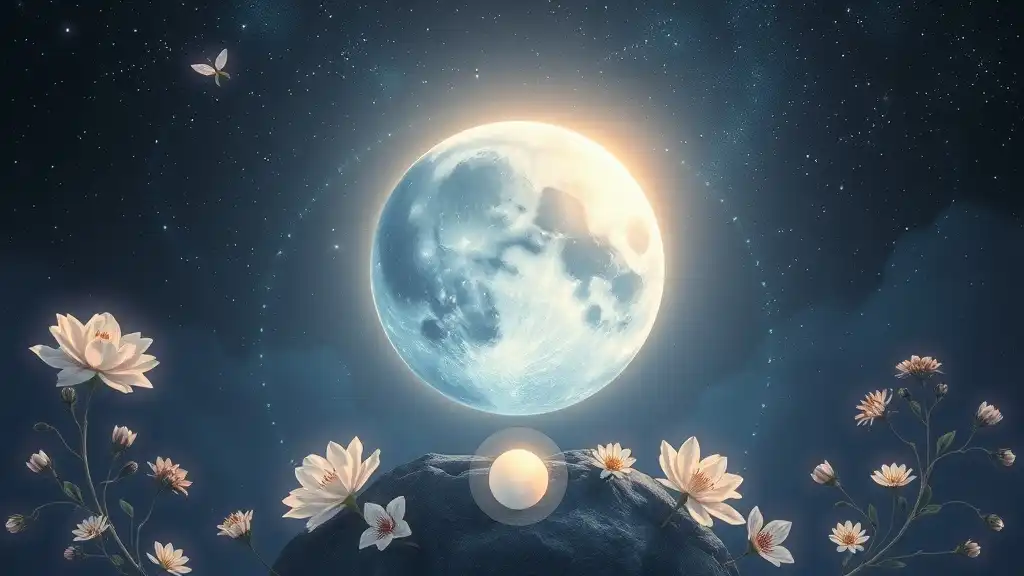
Phases of the Moon and Their Spiritual Meanings
New Moon
The new moon is a powerful symbol of new beginnings and potential. Just as the moon disappears from the night sky, this phase invites us to reflect on our desires and set intentions for the coming cycle. It is a time to release old habits and envision a path forward.
Rituals during the new moon might include journaling about your intentions or creating a vision board, allowing you to manifest your desires into reality. Embrace the fresh energy that the new moon offers and allow it to inspire you to take steps toward your goals.
Waxing Moon
As the moon waxes, its light increases, symbolizing growth and manifestation. This period is excellent for taking action towards your intentions set during the new moon. It encourages the energy of expansion, nurturing projects and dreams.
Engage in activities such as affirmations or taking concrete steps toward your goals, utilizing this potent energy to bring your visions into being.
Full Moon
The full moon radiates energy and illumination, representing a culmination of efforts and clarity. It is a time of celebration, reflecting on what you have achieved and how far you've come. This phase often stirs heightened emotions and intuition, allowing for deep introspection.
Full moon rituals may include gratitude practices, releasing what no longer serves you, or performing a ceremony to manifest your desires. Embrace the transformative energy of the full moon to connect deeply with your intentions.
Waning Moon
As the moon enters its waning phase, it invites us to let go and reflect. This period is essential for releasing any negativity or attachments that may be hindering our progress. It is a time to cleanse your energy and create space for new opportunities.
Embrace practices such as journaling about what to release, meditation, or engaging in cleansing rituals. By recognizing what to let go of, you create space for new intentions during the next new moon phase.
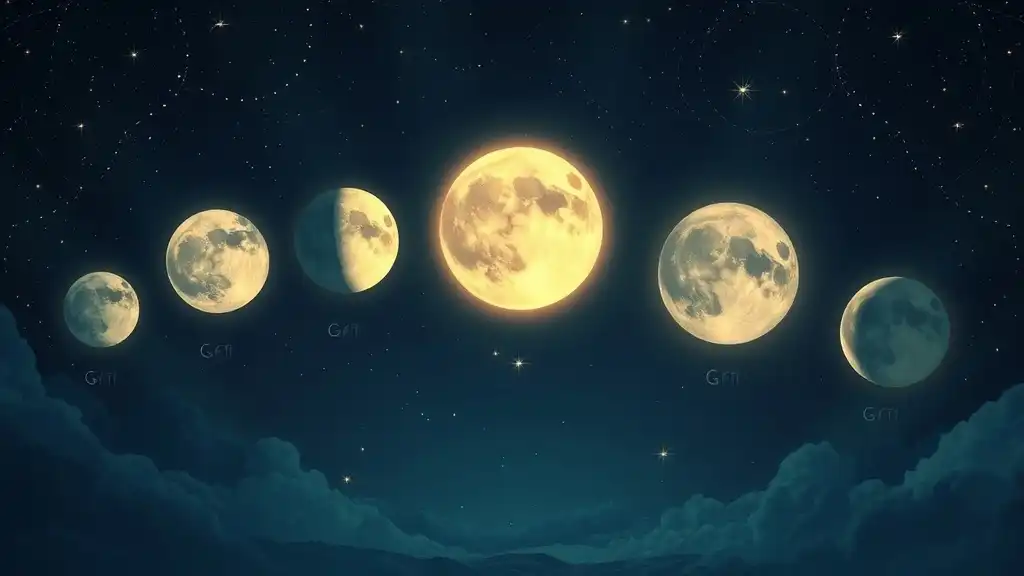
The Moon and Emotions
The Lunar Influence on Mood
The moon's cycles have a profound impact on our emotional landscapes. Understanding how lunar phases influence moods can empower you to better navigate your emotional responses. Many people report feel more introspective during the new moons and more energetic during the full moons. Connecting with these cycles can help harmonize your emotional state with external influences.
Integrating Moon Phases into Daily Life
Aligning your emotions with the lunar energy can enhance your well-being. Consider tracking your mood against the moon phases, noting how you feel during different times of the lunar cycle. This awareness can help you plan your activities—embracing the waxing moon for action and the waning moon for reflection.

The Moon in Astrology
Moon Signs
In astrology, the moon sign reveals deep insights into our inner selves, influencing our emotions and subconscious instincts. While the sun sign represents our outward identity, the moon sign connects us to our internal experiences. Understanding your moon sign can lead to greater self-awareness and emotional intelligence.
Lunar Eclipses
Lunar eclipses carry tremendous spiritual significance, often heralding times of great change and transformation. They illuminate what needs to be addressed and are powerful moments for deep reflection. Rituals conducted during lunar eclipses can facilitate dramatic shifts, helping you to release old patterns and welcome new beginnings.

Harnessing the Moon's Energy
Meditation and Mindfulness
Meditation is a profound means of connecting with the moon's energy. Guided meditations tailored to each moon phase can help deepen your connection, allowing you to internalize the lessons each phase offers. Consider dedicating specific meditative practice to reflect on your intentions, harnessing the moon's energy during its respective phases.
Crystals and the Moon
Crystals can amplify and harmonize with lunar energy. For example, moonstone is known for its reflective qualities and is often associated with the moon itself, promoting intuition and balance. By incorporating crystals into your rituals, such as charging them under the moonlight, you deepen your connection and amplify your intentions.

Conclusion
The spiritual significance of the moon is a journey through ancient wisdom, cultural traditions, and personal growth. As we explore our unique relationships with the moon, we discover a wealth of opportunities for reflection, intention-setting, and transformation. Embracing these teachings can illuminate our paths, guiding us toward a more intentional and spiritually aligned existence. As you immerse yourself in the moon's energy, remember the timeless lesson it offers: life is a cycle of phases, inviting us to embrace change and renewal in every aspect of our being.












